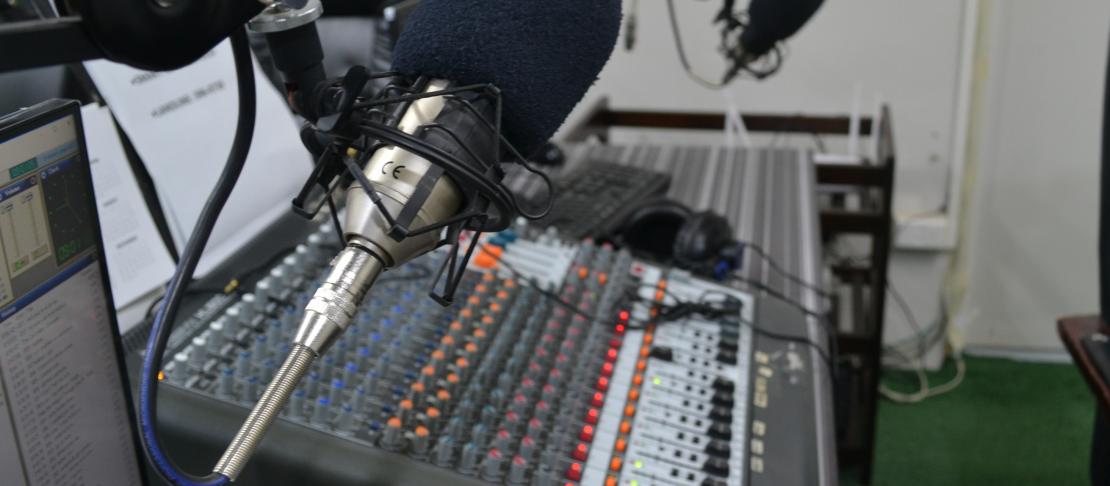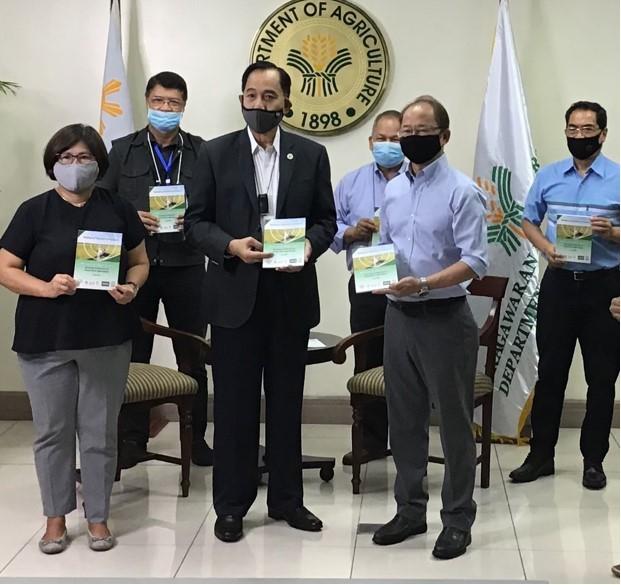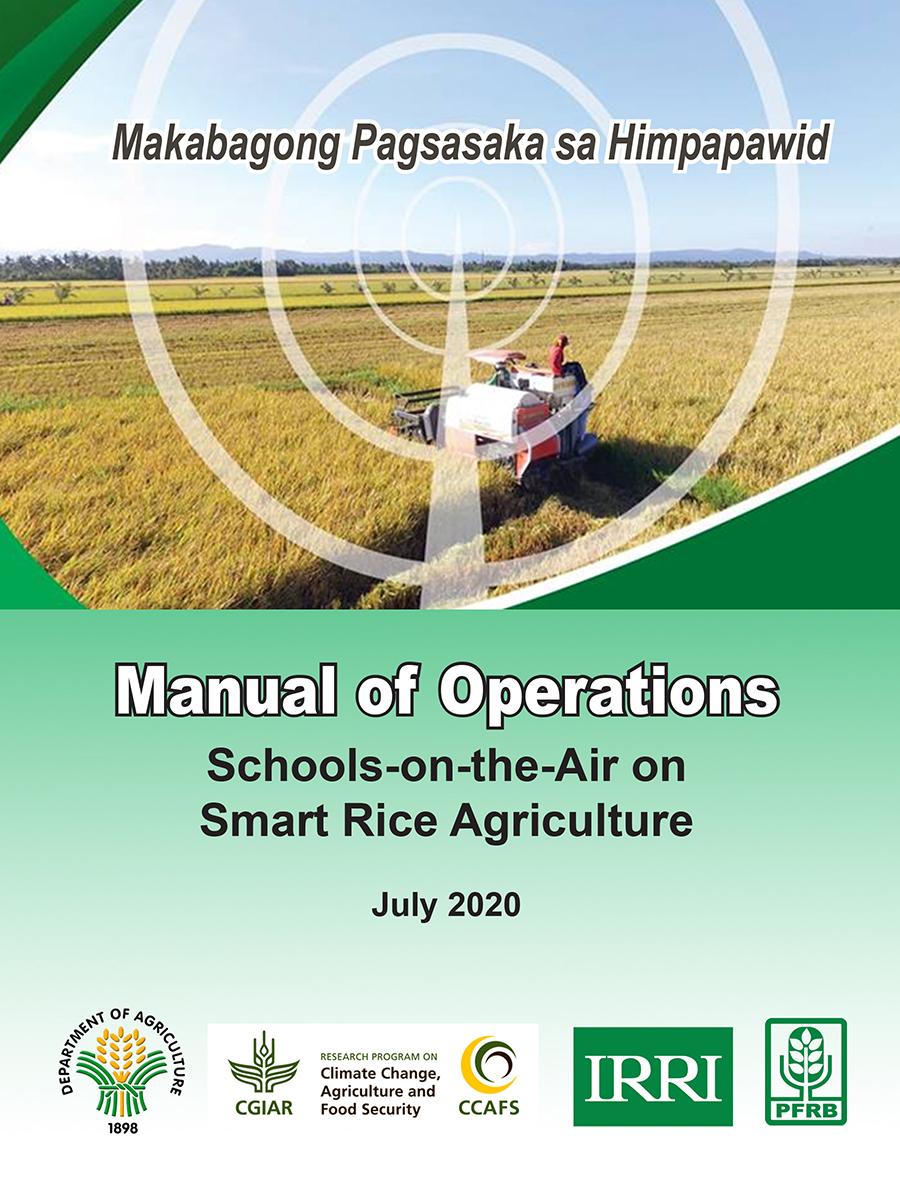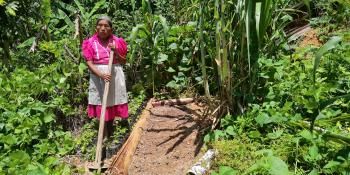Learning about agricultural technology through radio

The project, called “Makabagong Pagsasaka sa Himpapawid,” was launched by the Department of Agriculture (DA) of the Philippines in tandem with its attached bureaus, state universities and colleges, local radio networks, and other major partners. It is a large-scale project that aims to reach hundreds of thousands of farmers and showcase the power of radio as a learning medium in the coming two years.
The project selected radio as its main medium for its advantages over print, television, and Internet-dependent online platforms. That is, not only are radio programs easier and cheaper to implement, they also overcome literacy, geographical dimensions, and other barriers to learning. These advantages have been observed in a previous region-wide radio project in Cagayan Valley, Philippines, in which 10,000 farmers participated.
This latest project will share the lessons learned from the case of Cagayan Valley nationwide. It will broadcast school-on-the-air (SOA) programs this last quarter of 2020, targeting 300,000 farmer-enrollees, until the dry season of cropping year 2021-2022, in rice-producing provinces that yield only four tons/hectare at best. These programs will focus on cutting-edge agricultural technologies that farmers can utilize along the entire rice value chain.
Click here to read the manual |
Among the technologies that would be featured are the Philippine Rice Information System (PRISM), Rice Crop Manager (RCM), Alternate Wetting and Drying (AWD), and Laser Levelling. PRISM and RCM are both decision-support tools that provide relevant information about rice farming. AWD and Laser Levelling, meanwhile, improve crop yield while reducing greenhouse gas emissions from farming activities. The programs will be aired by the regional offices of DA, the DA-Agricultural Training Institute (ATI), Philippine Information Agency, Philippine Broadcasting Service, and the Philippine Federation of Rural Broadcasters. The broadcasters will be provided with ready-to-be-aired scripts, radio plugs, jingles, canned interviews, and other radio contents contained in a syllabus. They will air the contents from 5:00AM to 5:30AM every Monday, Wednesday, and Friday.
Still, implementing this nationwide project will not be easy. How will DA reach such a massive scale and ensure that the listeners learn from radio? The implementation is discussed in a manual published by the CGIAR Research Program on Climate Change, Agriculture and Food Security in Southeast Asia (CCAFS SEA).

The manual was handed to Agriculture Secretary William Dar during a ceremony last 27 August 2020. Photo: R. Navarro (CCAFS SEA/Joint DA-IRRI Task Force)
Dr. Rex Navarro, the manual’s main author, shared that this is an updated version of the SOA handbook published by DA-ATI in 1998. It is a comprehensive guide that lists the logistical requirements and lays out the steps to broadcast the SOA programs. The first few chapters provide a backgrounder for the project, explain the need for a radio-based learning platform, and discuss rice farming in the climate change and food security contexts.
This manual ensures both implementers and learners understand how to implement the project and why they are implementing it in the first place. Another important chapter covers how to evaluate the project to communicate its accomplishments to partners and stakeholders. It will also uncover the barriers that the project should overcome to scale the lessons learned.
Read more:
- Blog: Communicating climate-smart agriculture via School-on-the-Air
- News update: Climate-smart farmers in Cagayan Valley, Philippines graduate from school-on-the-air program
- News update: Linking knowledge with action: The role of media in climate change adaptation and mitigation



